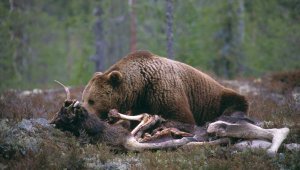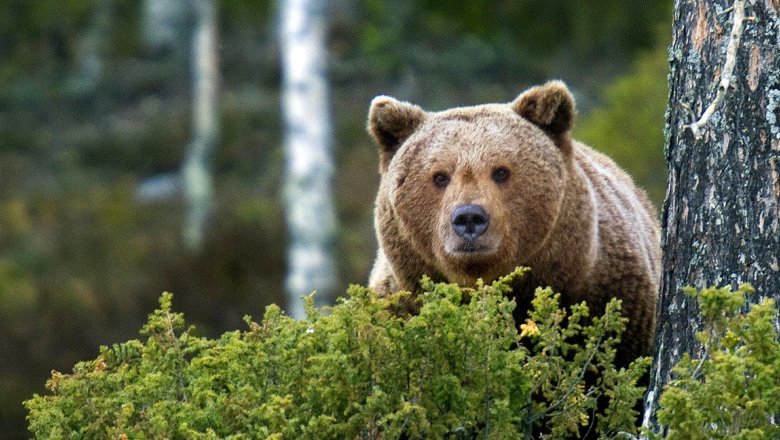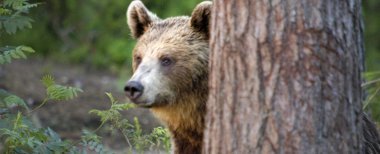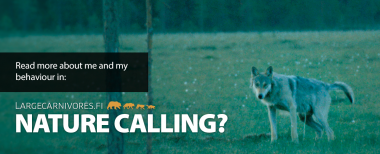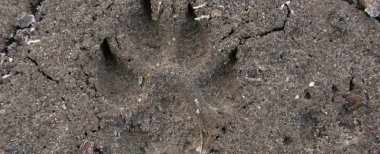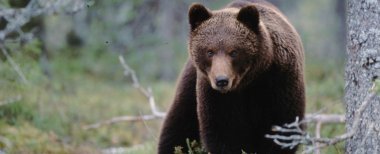The Finnish bear population has developed favourably. The main aims of the management activities are: to maintain a robust yet shy bear population that steers clear of people; to minimise the damages caused by bears; and to increase people's bear awareness. Basically, the management plan aims to allow the bears and the local humans to coexist.
Finland is divided into four regions when it comes to bear population management: the reindeer herding area, the area of established population, the area of spreading population and the area of developing population. The bear populations in the reindeer herding area and the area of established population are to be kept at current levels. In the area of spreading population, the number of bears is allowed to increase steadily to secure their natural spreading to the fourth bear management area, the area of developing population. In the area of developing population the number of bears is allowed to increase within the limits set by the area's human population density and economic structure.
